 |
|
The Airco DH.1 was an early British military biplane, a variant of the pusher design known as the typical Farman pattern, flown by Britain's Royal Flying Corps during World War I. By the time the powerplant for which it was designed became available it was already obsolete as an operational aircraft, and except for a few examples sent to the Middle East it served as a trainer and Home Defence fighter. The DH.1 was designed for the Beardmore 120 hp (90 kW) inline engine but all available Beardmore engines were required for FE.2b production. The Renault 70 hp (52 kW) V8 air cooled engine was incorporated as a alternate but with this powerplant, the DH.1 became underpowered. Even though underpowered it still had acceptable performance, and ordered into production. Airco was already occupied with new designs and production was undertaken by Savages Limited of King's Lynn, previously manufacturing fairground equipment. Late production machines were fitted with the Beardmore, and redesignated the DH.1A. The DH.1 configuration accommodated its pilot and observer in two open tandem cockpits in the nose, the observer's cockpit was stepped down below the pilot's and equipped with a machinegun.The wings were of typical fabric-covered, two-bay, unstaggered, unswept, equal span design, while the stabilizer and rudder were carried on the end of a long, open-framework boom. |
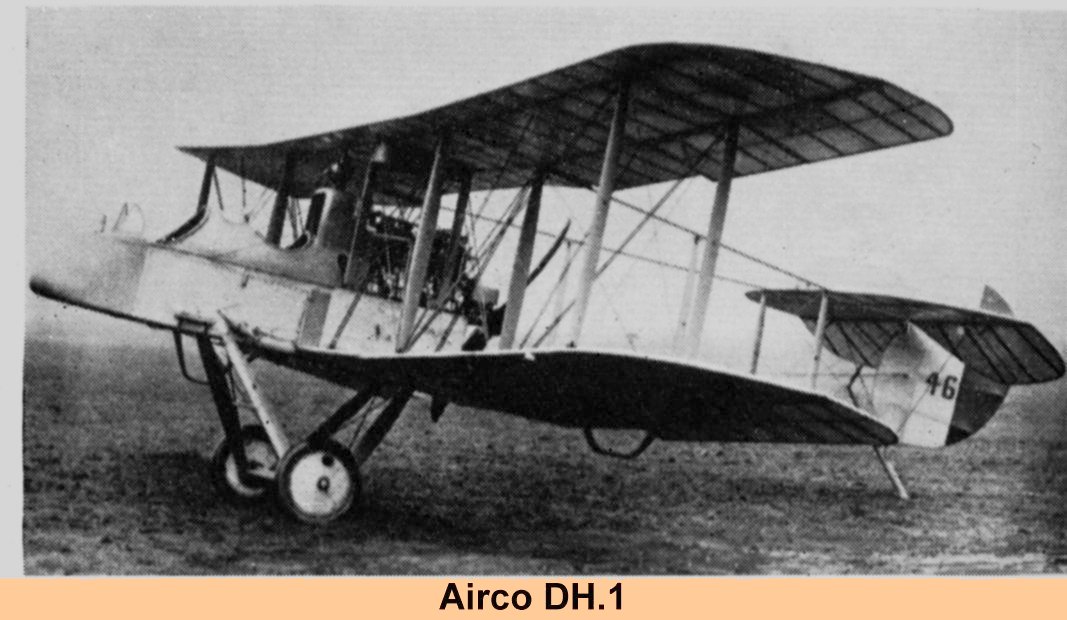 |
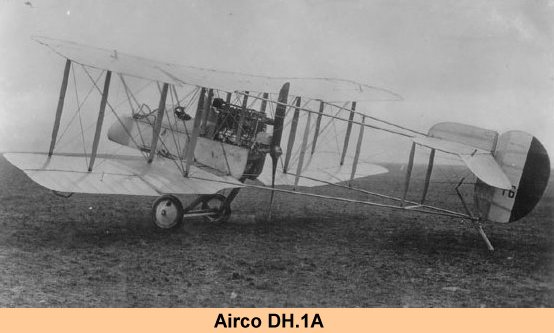 |
|
Geoffrey de Havilland is considered one of the pioneering aviation designers at the Royal Aricraft Factory and was to a degree, or entirely, responsible for a majority of pre-World War I Royal Aircraft Factory designs. When he resigned his position with the Royal Aircraft Factory he became chief designer for the Aircraft Manufacturing Company Ltd. in 1914. His first design for Airco, the DH.1, held a striking impression of the FE.2b, the pausibility being, one of the last designs of which he had been engaged before being reassigned to the Aeronautical Inspection Department of the Royal Aircraft factory. |
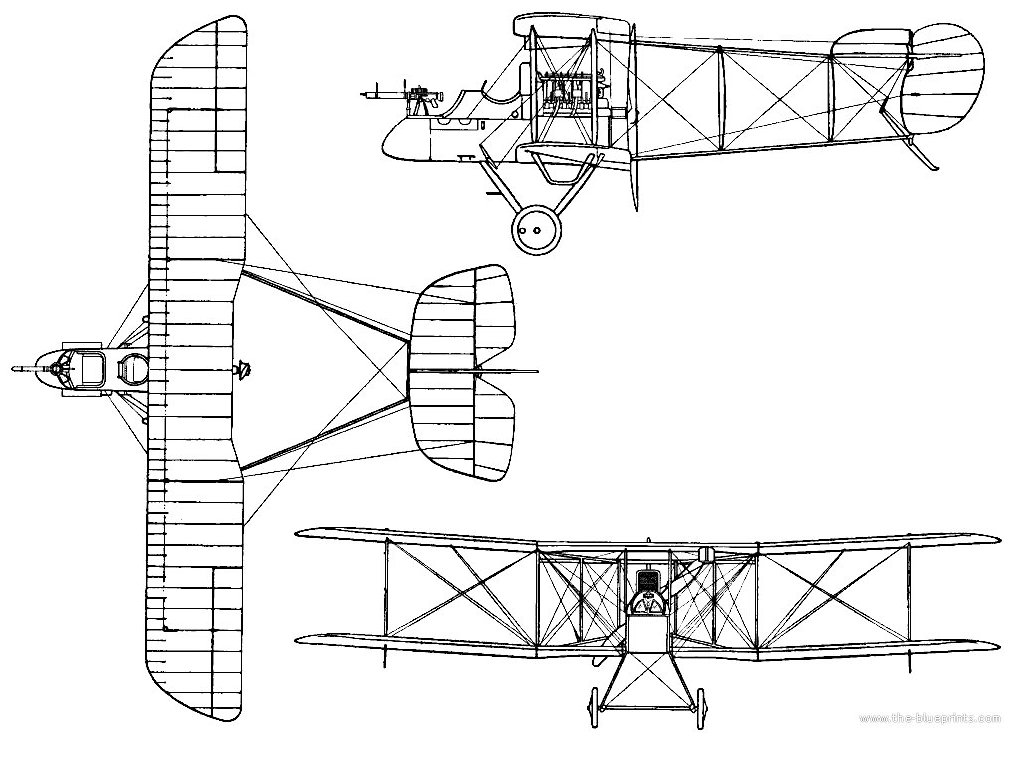 |
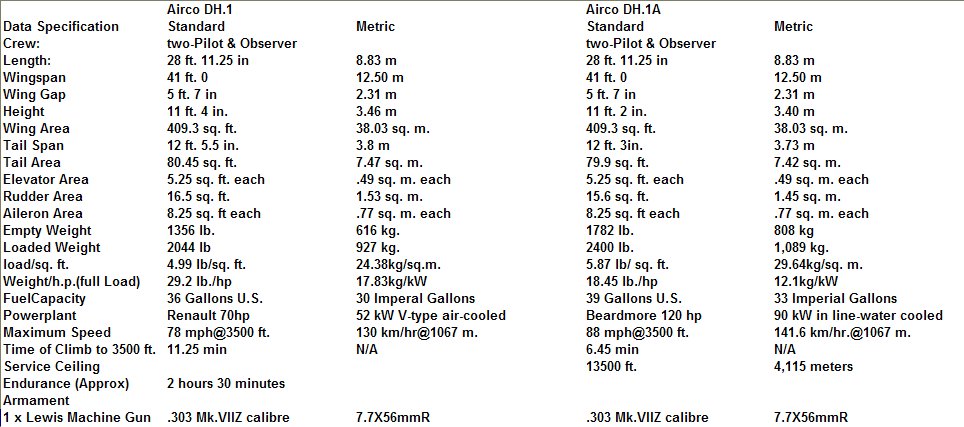 |
In January 1915, Geoffrey de Havilland carried out the maiden flight of the D.H.1 prototype at Hendon. The prototype had three unusual features: coil spring suspension in the undercarriage, elementary oleo legs (shock absorbers) and three feet long auxiliary aerofoils attached to the sides of the fuselage that could be rotated through 90 degrees to act as air brakes. Of these unique features,only the oleo legs survived into the production series.
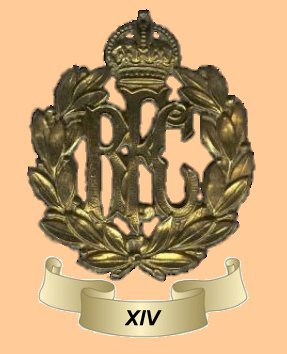 |
The DH.1A saw operational service only in the Middle East theatre, where six Beardmore powered DH.1As arrived in July 1916. These were used by No. 14 Squadron RFC as escorts for their BE.2 reconnaissance aircraft. An Aviatik two-seater was claimed by a 14 Squadron D.H.1A in August of 1916 for the only known victory for this type. The last known action by a DH.1A was on 5 March 1917, when one was shot down during a bombing raid on Tel el Sheria. No. 14 Squadron became an RE.8 unit in November 1917. Flight A, of No. 14 Squadron, the previous August was seperated to become No. 111 Squadron. No. 111 was the first dedacated fighter squadron in the Middle East. It seems probable the last operational DH.1A had gone before that date.
The other DH.1s served in training with 43 aircraft allotted and Home Defence units in the United Kingdom receiving an additional 24 aircraft, finally being withdrawn from service in 1918.